Back to Courses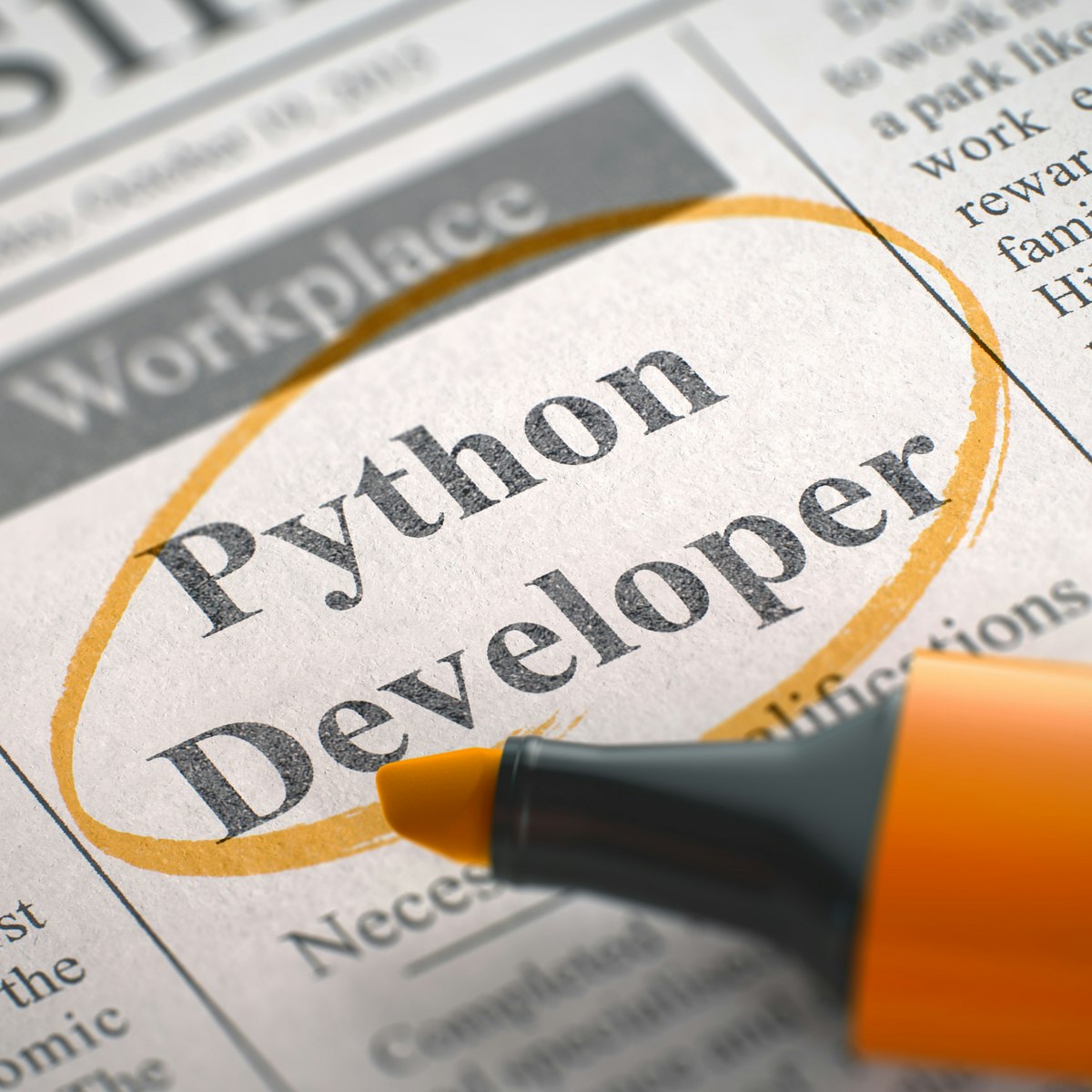

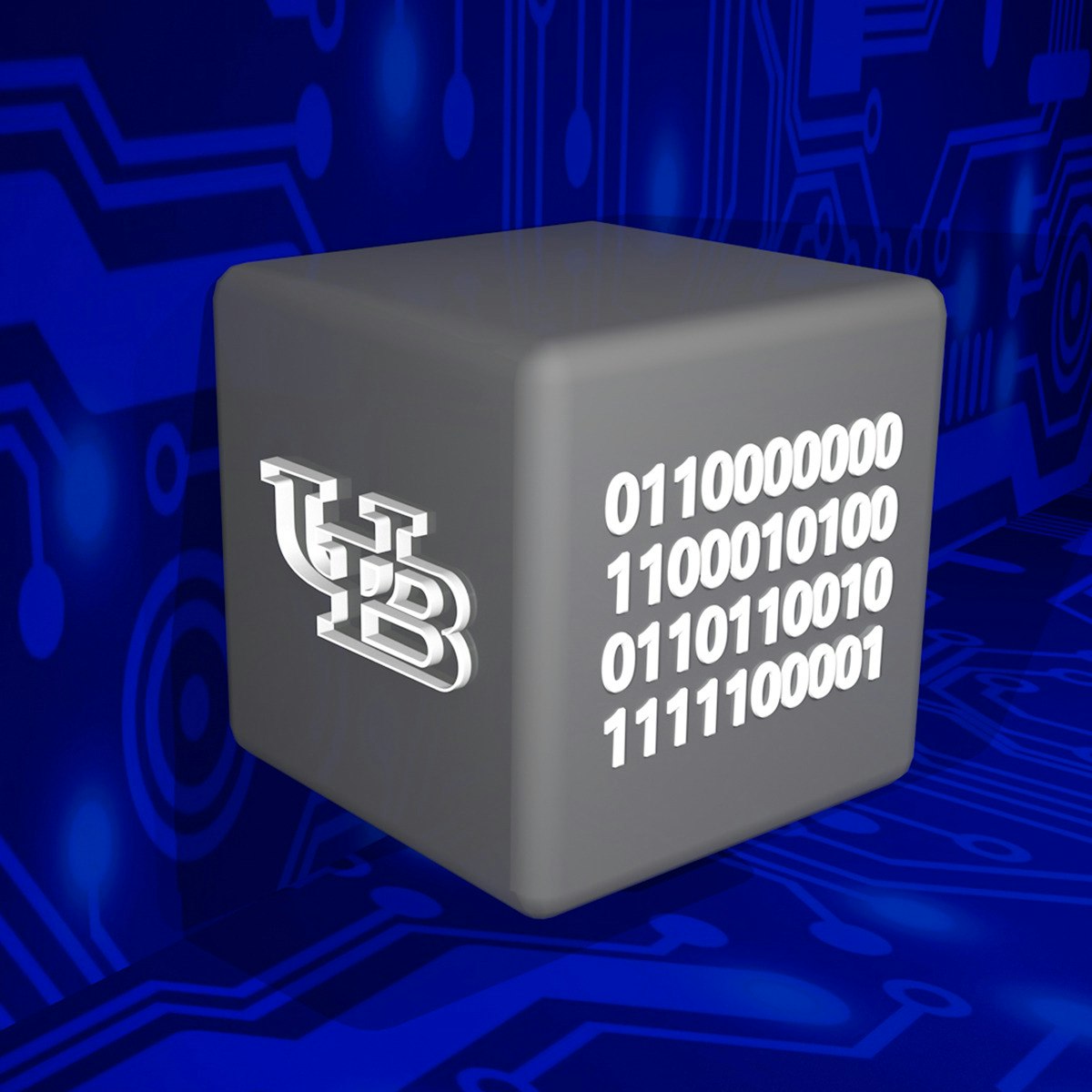
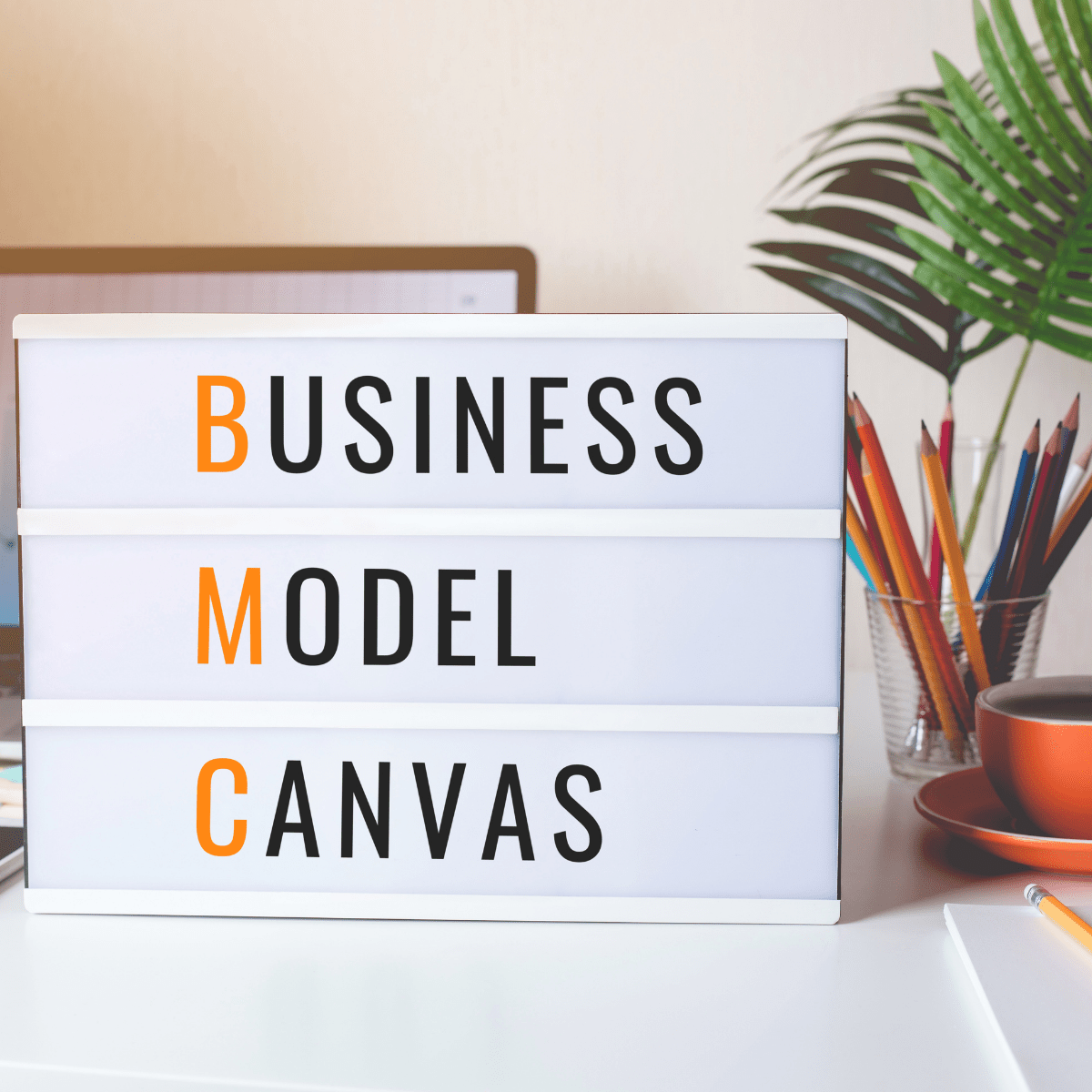
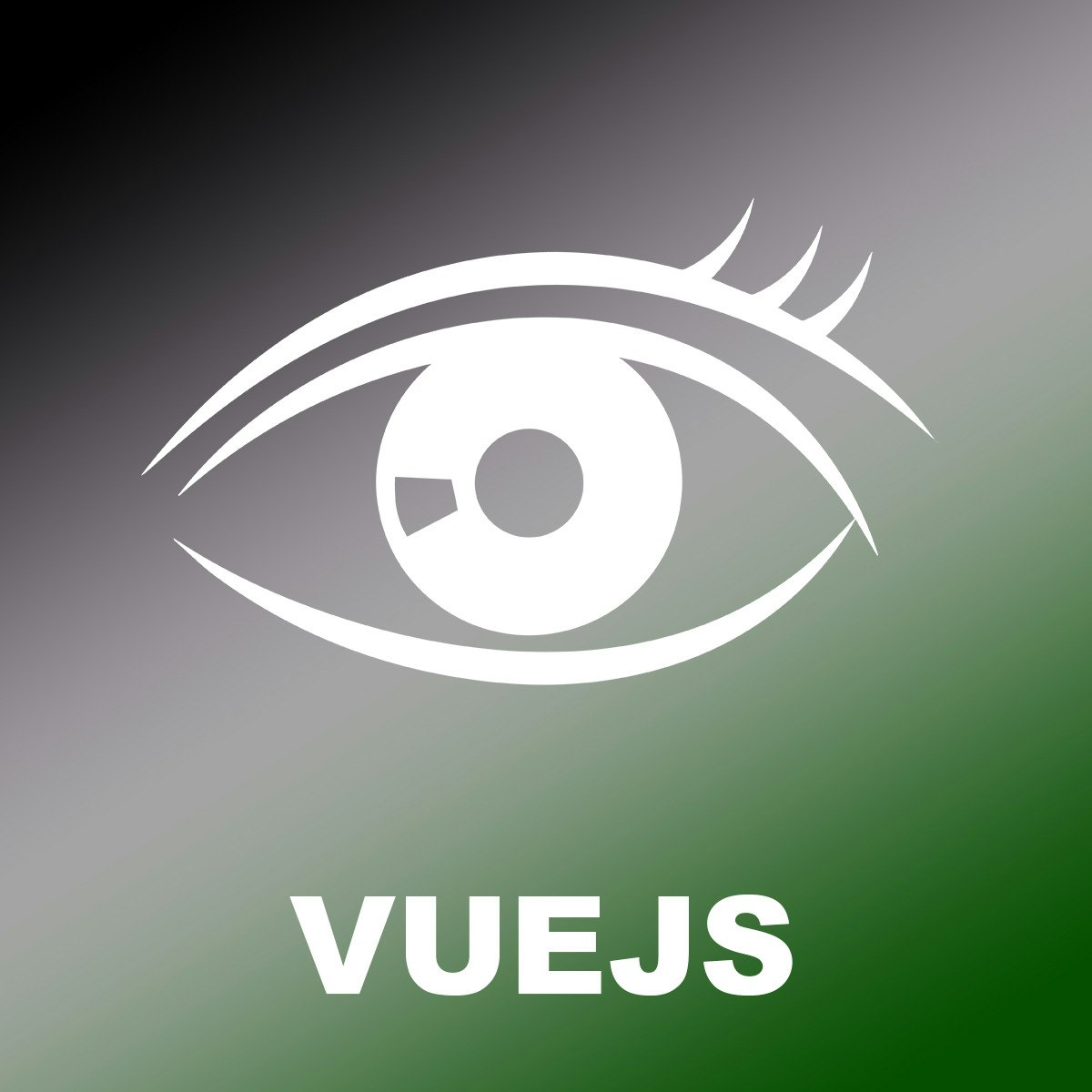


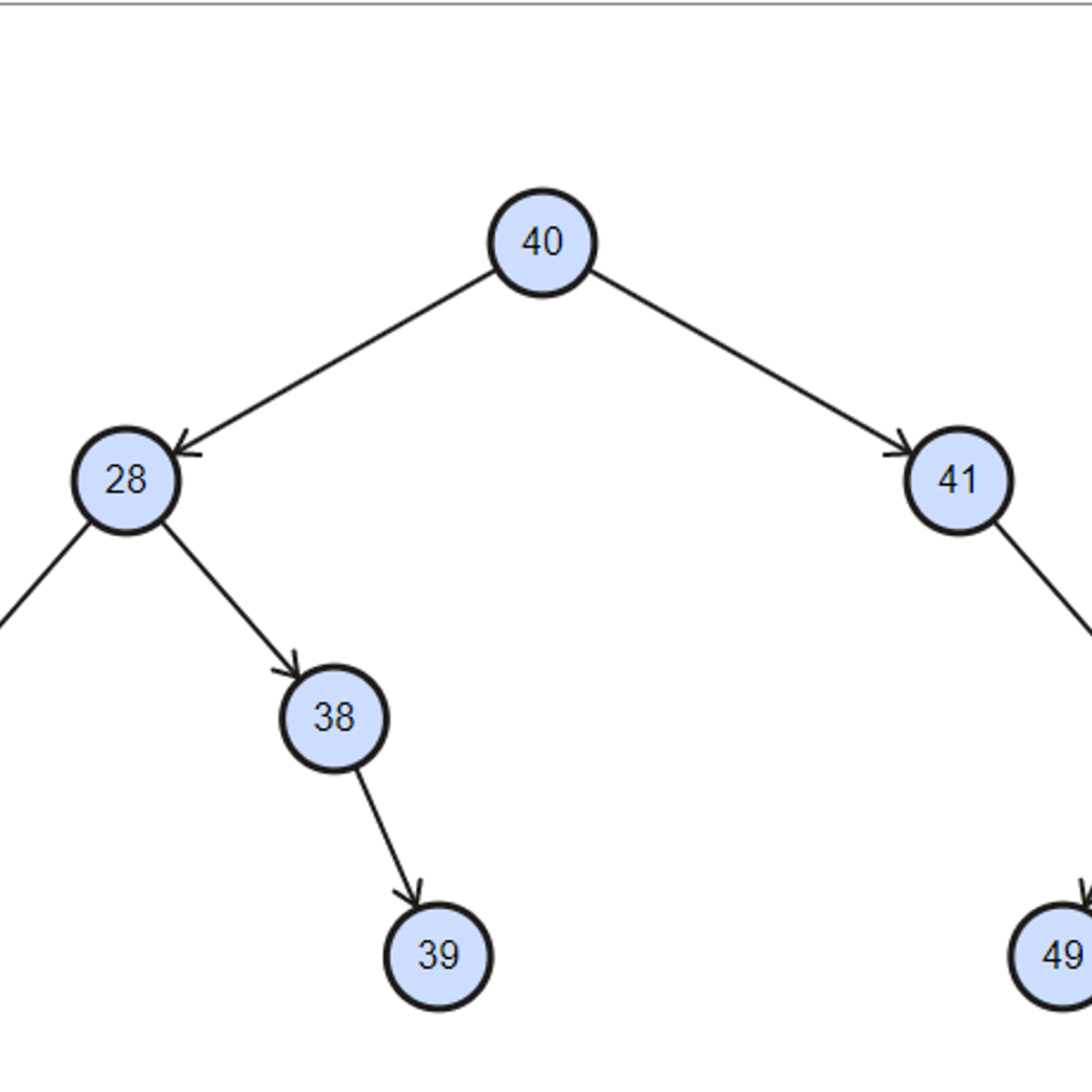
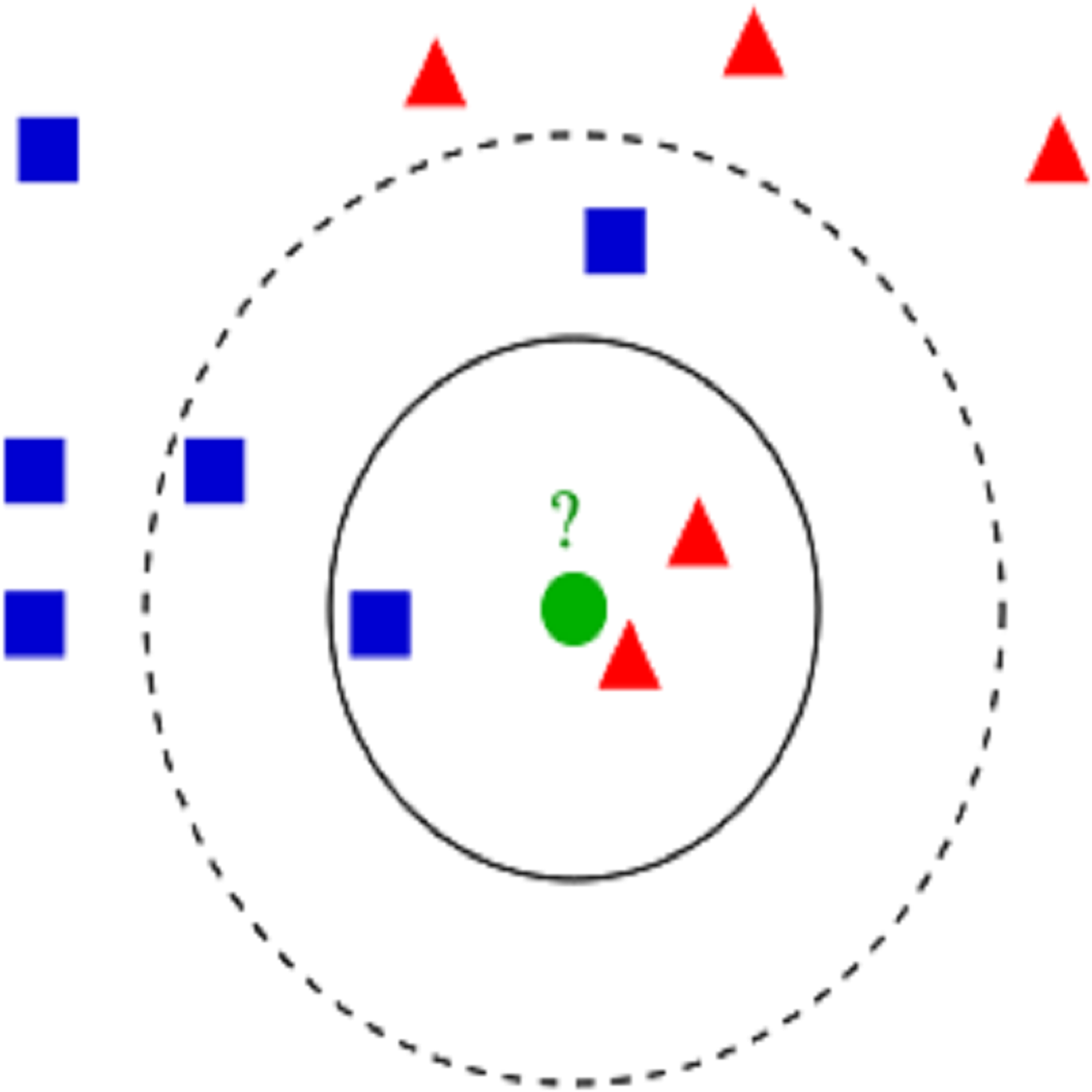

Computer Science Courses - Page 115
Showing results 1141-1150 of 2309

Python Data Representations
This course will continue the introduction to Python programming that started with Python Programming Essentials. We'll learn about different data representations, including strings, lists, and tuples, that form the core of all Python programs. We will also teach you how to access files, which will allow you to store and retrieve data within your programs. These concepts and skills will help you to manipulate data and write more complex Python programs.
By the end of the course, you will be able to write Python programs that can manipulate data stored in files. This will extend your Python programming expertise, enabling you to write a wide range of scripts using Python
This course uses Python 3. While most Python programs continue to use Python 2, Python 3 is the future of the Python programming language. This course introduces basic desktop Python development environments, allowing you to run Python programs directly on your computer. This choice enables a smooth transition from online development environments.

Teaching Impacts of Technology: Relationships
In this course you’ll focus on how “smart” devices have changed how we interact with others in personal ways, impacting how we stay connected in our increasingly mobile society. This will be done through a series of paired teaching sections, exploring a specific “Impact of Computing” in your typical day and the “Technologies and Computing Concepts” that enable that impact, all at a K12-appropriate level.
This course is part of a larger Specialization through which you’ll learn impacts of computing concepts you need to know, organized into 5 distinct digital “worlds”, as well as learn pedagogical techniques and evaluate lesson plans and resources to utilize in your classroom. By the end, you’ll be prepared to teach pre-college learners to be both savvy and effective participants in their digital world.
In this particular digital world (relationships), you’ll explore the following Impacts & Technology pairs --
Impacts (Keep me connected in a mobile society):, personal relationships, facebook, circle of friends
Technology and Computing Concepts: algorithms, software engineering evolution, heuristics, computer runtime, big O notation, P vs NP
Impacts (Making geography-based connections): findings friends, maps, geolocation
Technology and Computing Concepts: data and binary, image encoding, pixels, how color pickers work, filters, blurs
In the pedagogy section for this course, in which best practices for teaching computing concepts are explored, you’ll learn about the current CSTA K-12 CS Standards and practice using them to review and apply to lesson plans, as well as how to apply the ICAP framework to connect your students’ engagement to active learning outcomes, such as through peer instruction.
In terms of CSTA K-12 computer science standards, we’ll primarily cover learning objectives within the “impacts of computing” concept, while also including some within the “networks and the Internet” concepts and the “data and analysis” concept. Practices we cover include “fostering and inclusive computing culture”, “recognizing and defining computational problems”, and “communicating about computing”.

Blockchain Basics
This first course of the Blockchain specialization provides a broad overview of the essential concepts of blockchain technology – by initially exploring the Bitcoin protocol followed by the Ethereum protocol – to lay the foundation necessary for developing applications and programming. You will be equipped with the knowledge needed to create nodes on your personal Ethereum blockchain, create accounts, unlock accounts, mine, transact, transfer Ethers, and check balances.
You will learn about the decentralized peer-to-peer network, an immutable distributed ledger and the trust model that defines a blockchain. This course enables you to explain basic components of a blockchain (transaction, block, block header, and the chain) its operations (verification, validation, and consensus model) underlying algorithms, and essentials of trust (hard fork and soft fork). Content includes the hashing and cryptography foundations indispensable to blockchain programming, which is the focus of two subsequent specialization courses, Smart Contracts and Decentralized Applications (Dapps). You will work on a virtual machine image, specifically created for this course, to build an Ethereum test chain and operate on the chain. This hands-on activity will help you understand the workings of a blockchain, its transactions, blocks and mining.
Main concepts are delivered through videos, demos and hands-on exercises.

Design a Business Model Canvas with Miro
This project allows you to create a Business Model Canvas with Miro, an online tool for creating professional graphic visuals and remote collaborative work. You will understand the various features of the platform and you will have all the basic skills to create a Business Model Canvas or economic model for your project with ease.
You will learn how to use Miro to easily build your Business Model Canvas and you will be able to present it with clarity. This project is intended for people wishing to develop their professional project or create one.

Create a Web Link Preview with VueJS Components
One of the strengths of VueJS is the being able to leverage numerous third party reusable components. In this project, you will learn how to create a reusable VueJS component yourself and take a more object oriented development approach. Basic HTML, DOM, JavaScript, and VueJS required as prerequisites. If you are new to VueJS, completing my other guided project “Write a University Index Web App with VueJS” is highly recommended.

Write your own Python tool to footprint a web application
In this 1-hour long project-based course, you will learn how to Learn basic functioning of a web application, Set up your private web Pentesting lab, Learn how to write python script to automatically footprint a web application.

Guided Tour of Machine Learning in Finance
This course aims at providing an introductory and broad overview of the field of ML with the focus on applications on Finance. Supervised Machine Learning methods are used in the capstone project to predict bank closures. Simultaneously, while this course can be taken as a separate course, it serves as a preview of topics that are covered in more details in subsequent modules of the specialization Machine Learning and Reinforcement Learning in Finance.
The goal of Guided Tour of Machine Learning in Finance is to get a sense of what Machine Learning is, what it is for and in how many different financial problems it can be applied to.
The course is designed for three categories of students:
Practitioners working at financial institutions such as banks, asset management firms or hedge funds
Individuals interested in applications of ML for personal day trading
Current full-time students pursuing a degree in Finance, Statistics, Computer Science, Mathematics, Physics, Engineering or other related disciplines who want to learn about practical applications of ML in Finance
Experience with Python (including numpy, pandas, and IPython/Jupyter notebooks), linear algebra, basic probability theory and basic calculus is necessary to complete assignments in this course.

Use a Binary Search Tree to Process Simple Data in Java
Create, insert nodes, search for data, and traverse a binary search tree

Simple Nearest Neighbors Regression and Classification
In this 2-hour long project-based course, we will explore the basic principles behind the K-Nearest Neighbors algorithm, as well as learn how to implement KNN for decision making in Python.
A simple, easy-to-implement supervised machine learning algorithm that can be used to solve both classification and regression problems is the k-nearest neighbors (KNN) algorithm. The fundamental principle is that you enter a known data set, add an unknown data point, and the algorithm will tell you which class corresponds to that unknown data point. The unknown is characterized by a straightforward neighborly vote, where the "winner" class is the class of near neighbors. It is most commonly used for predictive decision-making. For instance,:
Is a consumer going to default on a loan or not?
Will the company make a profit?
Should we extend into a certain sector of the market?
Note: This course works best for learners who are based in the North America region. We’re currently working on providing the same experience in other regions.

Webpage Design with Wireframes in Miro
By the end of this project, you will be able to apply design principles and customer-centric thinking to design a webpage interface with the goal of streamlining the User Experience (UX).
To do this, you will gain hands-on experience applying design thinking, user interface knowledge, and context from each step of the customer journey in the Miro online visual collaboration platform for teamwork.
Note: This course works best for learners who are based in the North America region. We’re currently working on providing the same experience in other regions.
Popular Internships and Jobs by Categories
Browse
© 2024 BoostGrad | All rights reserved


